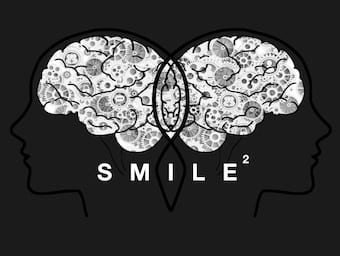
Charles Sumner Neer II
Charles Sumner Neer II (1917 – 2011) was an American Orthopedic Surgeon. Eponymously affiliated with the Neer prosthesis and Neer classification of proximal humeral fractures Biography Born 10 November 1917 Died 28 February 2011 Medical Eponyms Neer classification of proximal…







